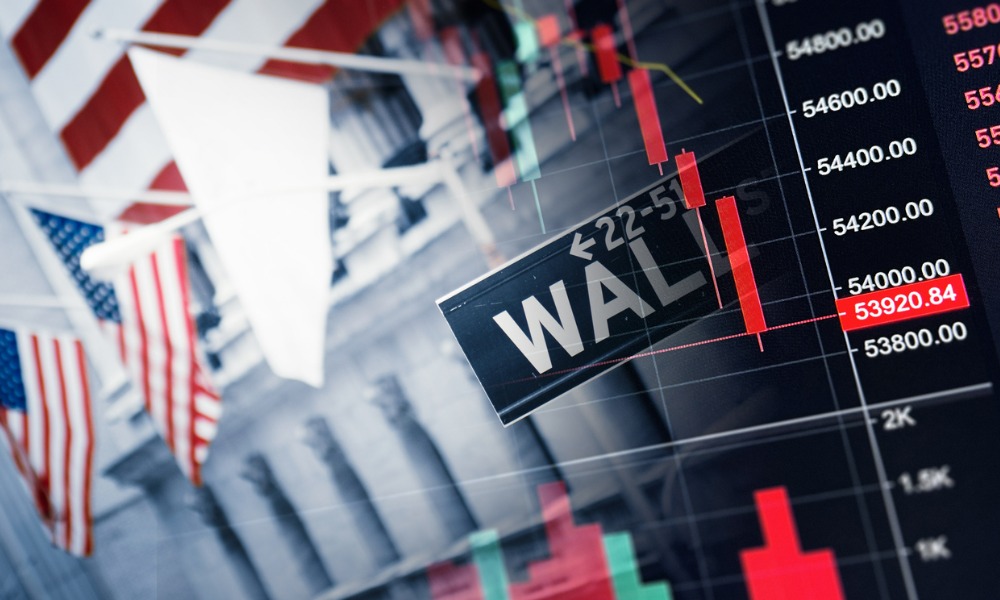

by Olivia Raimonde
A key measure of perceived riskiness in US blue-chip company bonds has fallen to its lowest levels in two decades, as investors vie for debt that can still offer relatively high yields without too much default risk.
The average risk premium, or spread, on a US investment-grade bond compared with comparable Treasuries narrowed to 0.79 basis points on Thursday, the tightest since 2005, according to Bloomberg index data.
Credit spreads have been tightening most of the year — even with sharp moves in the Treasury market — as investors chase high yields while they last. Amid that relatively strong demand, the supply of new securities in recent weeks has been falling as companies enter earnings blackouts and the US presidential election nears.
The market is in a “perfect storm for taking spreads back near all-time tights,” said Travis King, head of US investment-grade corporate bonds at Voya Investment Management. Recent inflows into credit “could be attributed to investors wanting to get in before yields head lower with the Fed beginning to cut rates.”
The lower spreads are, the less room there is to generate an excess return for investors. At current levels, US investment-grade bonds are not attractive compared to other segments of the market, Bank of America Corp. strategist Yuri Seliger wrote in a note. He prefers European investment-grade credit.
Also, the weeks leading up to a US presidential election have historically seen spreads widening, according to Barclays Plc credit strategist Jigar Patel. In a recent report, he recommended investors buy credit derivatives to tactically hedge against that widening.
Still, many investors point to yields that are still high as the main driver of demand, rather than spread. Concerns of an economic downturn have also abated as consumers continue to spend and companies add jobs. That has helped boost corporate earnings as the Fed begins to ease monetary policy, also contributing to tighter spreads.
“That’s a good environment for credit,” said Scott Kimball, chief investment officer at Loop Capital Asset Management.
The last time spreads were this low was during a two-decade period in which Fed policymakers kept benchmark rates pinned near zero for long stretches.
There is still a record $6.47 trillion of cash parked in money market funds that bond market watchers expect to rotate into higher-yielding asset classes as the Fed continues to lower benchmark interest rates. That demand will help keep spreads contained. Barclays expects that rotation to occur in about six months. There is still uncertainty about the Fed’s next move after a stronger-than-expected jobs report and inflation reading, which could keep rates higher for more time.
Money from foreign investors is also picking up and expected to accelerate next year as lower yields make it cheaper for European and Asian investors to hedge. UBS expects hedged demand to increase around the middle of 2025.
Copyright Bloomberg News

Relationships are key to our business but advisors are often slow to engage in specific activities designed to foster them.

Whichever path you go down, act now while you're still in control.

Pro-bitcoin professionals, however, say the cryptocurrency has ushered in change.

“LPL has evolved significantly over the last decade and still wants to scale up,” says one industry executive.

Survey findings from the Nationwide Retirement Institute offers pearls of planning wisdom from 60- to 65-year-olds, as well as insights into concerns.
Streamline your outreach with Aidentified's AI-driven solutions
This season’s market volatility: Positioning for rate relief, income growth and the AI rebound
